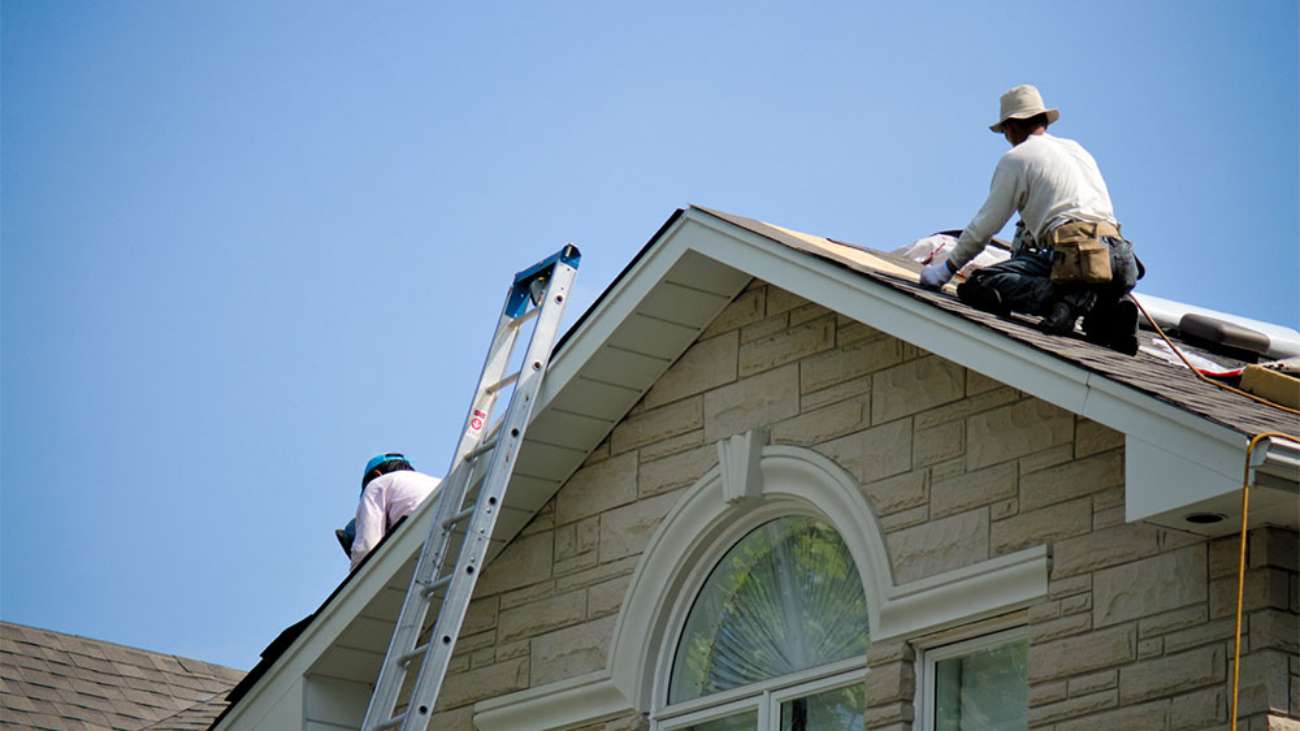When it comes to filing an insurance claim, policyholders often encounter the term “wear and tear.” While insurance policies are designed to protect against unexpected damage or losses, they typically exclude coverage for regular wear and tear.
This exclusion is crucial for insurance companies to maintain the balance between providing financial protection and preventing abuse of policies. Here is everything you need to know about what wear and tear and some examples of situations where it is not covered by insurance.
Defining Wear and Tear
Wear and tear refers to the gradual deterioration or damage that occurs over time due to normal use, aging, or exposure to elements. It is an expected outcome of regular usage and is considered a part of the natural life cycle of a property. Insurance policies are primarily intended to cover sudden and accidental damage rather than the natural wear and tear that occurs with the passage of time.
Examples of Wear and Tear Not Covered by Insurance
Here are just a few examples of types of wear and tear that are likely not covered under your property insurance policy.
Faded Paint
Over time, exposure to sunlight and weather conditions can cause paint to fade. While repainting may be necessary to maintain the aesthetics of your home, it is considered a maintenance cost and not covered by insurance.
Roof Maintenance
Roofs are subject to wear and tear, with the need for periodic repairs or replacement. Insurance typically excludes coverage for roof repairs resulting from age-related deterioration, such as cracked shingles or general wear caused by long-term exposure to the elements.
Gradual Plumbing Issues
Slow leaks, rusted pipes, or plumbing problems that develop over time due to aging are not usually covered. Insurance companies expect homeowners to regularly maintain their plumbing systems and address issues as they arise.
Deteriorating Building Structures
The gradual deterioration of a building’s structure, including cracks in walls, foundation issues, or rotting wood due to aging, falls under wear and tear. These are considered maintenance-related expenses and not covered by insurance.
Filing an Insurance Claim for Wear and Tear

Understanding the concept of wear and tear is crucial when filing insurance claims. While insurance policies aim to protect policyholders against unexpected damage, it is essential to recognize that regular wear and tear is a part of the natural life cycle of any property.
By familiarizing yourself with what constitutes wear and tear, you can better manage your expectations and take proactive steps to maintain your assets, preventing costly repairs and disappointments when insurance claims are not applicable.
Remember, insurance coverage is primarily designed for unforeseen events, not the expected wear and tear that comes with normal use and time.
Not sure if something qualifies as wear and tear? Contact Horizon Public Adjusters today for a free evaluation of your property.



